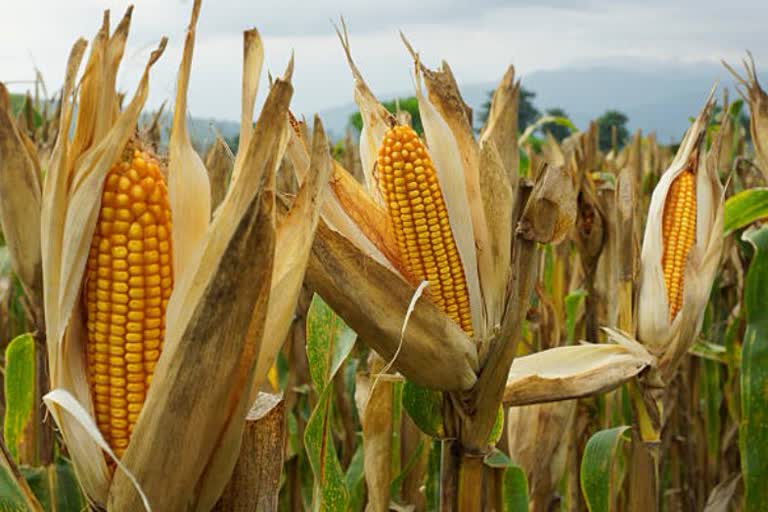Citing the WTO obligation the government has allowed for import of 5 lakh MT of maize and 10,000 MT of milk and milk products at a concessional customs duty of 15 per cent each under the Tariff Rate Quota Scheme. Let us understand what this means for Indian farmers.
India being a member of the global order, is a signatory of the World Trade Organization (WTO). The WTO is a multi-lateral treaty which aims to promote capitalist ‘free-trade’ around the world.
They do so by advocating removal of trade restrictions – like tariffs, import duties, removal of subsidies, etc. Despite their agenda, the developing nations and the global South demanded concessions for their farmers, as the disparity between the developed western nations and them was a vast one.
India spearheaded this movement for concessions, along with African nations. But over-time the developed nation headed by USA, resisted. While US farmers were, and still are, the most subsidized in the world, the US wants exclusion of certain agricultural produce from the protective tariffs by developing countries. They devised a Tariff Rate Quota scheme, through which even developing nations would open their markets to agricultural produce by reducing import duty on them.
India in attempt to honour Article 28 of GATT, giving market access, has allowed for fresh imports. Currently India has about 50% import duty on maize and 40-60% on other cereals to safeguard against ‘grain dumping’ on domestic markets.
If we go deeper into maize, the decision couldn’t have come in a worse time for Maize farmers. The prices of the rabi maize were already falling as farmers in Bihar were reporting losses of Rs 20,000 per acre. The other reason for plummeting maize prices was over-production, lack of storage facilities, etc.
Fall army worm (FAW) a new pest to the Indian subcontinent, presents a major threat to maize production. Bihar, Karnataka and Telangana had reported this new pest too. Panic had already begun to spread among the corn farmers in the regions, as they failed to control it despite the use of heavy pesticides.
Maize farmers across India are alarmed as prices of corn have crashed in the country post the Covid-19 lockdown. Maize accounts for 60 per cent of chicken feed by weight and the poultry sector along with starch manufacturers are the major consumers of the crop. The poultry sector has also taken a major hit due to Covid and its unlikely that demand will rise any day soon.
Read more:Know five big decisions of RBI to tackle COVID impact
The next challenge comes from import of Genetically Modified corn. All over the world the price for GM corn is cheaper than non-GM corn (which is grown in India). It will be a challenge to check the 5 million MT of imported corn for GM. If this happens, the prices of corn will fall even further, as GM corn farmers from Brazil to US are highly subsided. Their government’s artificially deflate their costs by giving these farmers concessions.
Due to lack of stringent regulations, India becomes an easy target for dumping GM corn. Indian maize farmers are already in a vulnerable state and if new pests enter India through these imports, the local production will be devastated, and India will be dependent on foreign maize.
If we look at the current Kharif sowing patterns, maize has spread over large acreages all across north India. In fact, a lot of vegetable and flower farmers have played it safe this time and alternatively planted maize. The total area under maize too has increased, this means that prices at the time of harvest may fall once again due to over production.
If our warehouses will already be filled with imported corn by the end of October, the rural maize farmers may have nowhere to turn to. It is also important to keep in mind, that now stocking limits for traders have been removed and farmers can sell directly to exporters. All these steps will be detrimental for the farmers as Indian corn will always be more expensive than GM corn.
The domestic maize market will be highly vulnerable to manipulation by internal and global commodity traders. It will be a challenge for the Indian government to ensure that maize farmers get the MSP.
The future seems bleak for the Indian maize farmers, as they can never match up with artificially deflated foreign corn prices. The government decision to import more corn in the coming years will only add to the problem.
(Indra Shekhar Singh is the Director at Policy And Outreach, National Seed Association of India. Views are personal.)



